
Trailbreaker Defines Chargeability Feature Coincident With Multi-Element Geochemical Anomaly At Swan Zone, Atsutla Project, British Columbia
In combination with a historic IP survey to the northwest, the 2024 IP survey defines a donut-shaped chargeability high feature, with external dimensions of approximately 2.1 km by 1.4 km (Figure 1). The thickness of the chargeability high is approximately 200 m to 500 m. The chargeability signature is strongest near-surface and extends to at least 300 m of depth. The southern portion of the chargeability high feature is correlated with a wider (~700 m) zone of low resistivity (<800 ohm-m) (Figure 2). The high chargeability anomaly may represent distribution of disseminated pyrite, and the low resistivity feature may be caused by alteration minerals, including sericite, pyrophyllite and clay minerals, identified during geological mapping. The combination of these features commonly occurs in the phyllic alteration assemblage surrounding porphyry deposits1.
Message from the President
“The IP survey at the Swan zone provides another layer of data which indicates we may be exploring the upper parts of an Au-Cu-Ag porphyry system. This is in conjunction with results from geological mapping and identification of a multi-element geochemical anomaly which occurs on a gossanous hill. 2024 has been a pivotal year for advancing the Swan zone, as we've also received an exploration permit that will allow us to further test this zone, including by diamond drilling.” – Daithi Mac Gearailt
Induced Polarization Survey Parameters
Trailbreaker contracted Aurora Geosciences Ltd. (Aurora) to complete an induced polarization survey on the Swan Au-Cu-Ag target at the Atsutla Gold project. The IP survey was designed to extend a historic (1976) IP survey that defined a semi-circular chargeability high feature (Figure 1). The survey also covers the Swan multi-element geochemical anomaly that was defined by Trailbreaker between 2021 and 2024.
A total of 21 line-kilometers were surveyed across seven 200-metre spaced IP lines, each 3 km in length, covering an area of 3.75 km2. The survey used an inline pole-dipole (2D survey) array with a 100-metre dipole spacing. The estimated depth of investigation of the survey is 300 m below surface.
Equipment used by Aurora for the IP survey included IRIS Instruments' FullWaver System of 21 dual-channel voltage receivers (V-FullWaver) and two current receivers (I-FullWaver), as well as a GDD TX IV 5 kW IP transmitter powered by a 7 kW mobile generator. Stainless steel electrodes were used to provide ground contact, occasionally with the use of salt water to improve contact resistance in talus material.
Once collected, IP data underwent quality assurance and quality control (QA/QC) validation and data processing. Campbell & Walker Geophysics reviewed the validated data, completed inversions as 2D sections and interpolated the data to produce a pseudo 3D model, including a 3D voxel model, as well as iso-surfaces and depth slice maps.
Figure 1: Coincident geophysical, geochemical, and geological features on the Swan target. Data displayed includes: the 100 m depth slice of the interpolated chargeability data from the 2024 IP survey; the outline of the historic chargeability high shown to the northwest; interpretation of alteration zonation from 2022 geological mapping; Au and Ag-in-soil values from 2021-2023 (transparent) and 2024 (opaque). The chargeability high likely represents additional extensions of the phyllic alteration zone beyond the outcrop exposures mapped in 2022. The strong Au-in-soil anomaly is coincident with the advanced argillic alteration and an east-west break in chargeability which aligns with the secondary Au-in-soil anomaly to the east.
Figure 1 is available at
Figure 2: Data displayed includes: a 100 m depth slice of the interpolated resistivity data from the 2024 IP survey; Cu and Mo-in-soil values from 2021-2023 (transparent) and 2024 (opaque); the outline (black lines) of the historical and 2024 chargeability anomalies (>15 mV/V) and interpretation of alteration zonation from 2022 geological mapping. The resistivity low (red and pink) coincides with the southern portion of the chargeability high and the mapped phyllic alteration zone. Anomalous Mo-in-soil values extend beyond the Au-Ag-Cu soil geochemical anomaly.
Figure 2 is available at
Soil Sampling and Prospecting
A total of 1,165 soil and 28 rock samples were collected on the eastern side of the Atsutla Gold project concurrently with the completion of the IP survey. Soil sampling was completed on a north-south grid extension of previous Swan soil surveying, as well as along ridge and spurs of nearby mountains within the Upper Cretaceous Glundebery batholith.
Sampling extended the Swan multi-element soil anomaly 400 m to the west. In addition, sampling has improved definition of an Au-Ag ± Cu-in-soil anomaly ~1 km east of the Swan zone, and a pathfinder element anomaly, including arsenic (As) -bismuth (Bi) ± Mo ± Au ± Ag ± Cu, ~2 km across a valley to the west. These anomalies, including the Swan zone, define an east-west corridor of prospective geology across 4.5 km.
Prospecting on the southwestern side of the chargeability-resistivity anomaly focussed on an area of rock float containing quartz-veins with disseminated to blebby molybdenite ± chalcopyrite ± arsenopyrite (Figure 2&3). These samples may have originated from a porphyry hydrothermal system.
Figure 3: (a) Float sample (5233605) containing molybdenite along a fracture surface, assaying 326 ppm Mo; (b) Float sample (5233609) containing molybdenite in quartz veining (>2000 ppm Mo); (c) Float sample (5233611) containing arsenopyrite + molybdenite in a quartz vein (6.3 g/t Au, 1,273 ppm Mo, and 0.14% Pb). For scale reference, assay tags are all 9 cm tall.
Figure 3 is available at
Examples of Porphyry-Related Geophysical Responses
This section is intended to present case studies of chargeability and resistivity features from known porphyry deposits. Geophysical characteristics are important components of exploration, but they are not necessarily indicative of economic mineralization alone, and require additional exploration (such as drilling) to define the source of geophysical anomalies. All of the examples presented below are from public sources on deposits and properties that are not affiliated with Trailbreaker. Trailbreaker did not collect the data, prepare these figures, nor validate the data presented within. The reader is also cautioned that although these examples are from mineral deposits, there is no guarantee that similar geophysical features on Trailbreaker's property will represent a mineral resource in compliance with standards under National Instrument 43-101.
Figure 4, left image, provides an idealized cross-section of porphyry alteration and sulphide mineral zonation from Lowell and Guilbert's 1970 model2. On the right is a depth slice of the moderate IP chargeability response surrounding the Poison Mountain copper porphyry, central BC2.
Figure 4: (a) Lowell and Guilbert's 1970 model showing idealized porphyry alteration and mineral zonation; (b) IP chargeability response of the Poison Mountain copper porphyry, BC. 2
Figure 4 is available at
Figure 5 displays the high chargeability and low resistivity features that encircle the primary zones of known mineralization at American Eagle's NAK porphyry project near Smithers, BC3. Coincident magnetic and ZTEM resistivity highs are indicative of the potassic alteration zone3.
Figure 5: (a) 50 m depth slice of IP chargeability and (b) 200 m depth slice of resistivity at the NAK copper-gold porphyry project near Smithers, BC 3 .
Figure 5 is available at
Figure 6 displays the cross-sectional distribution of pyrite and chalcopyrite (a and b) and how these compare to the donut-shaped chargeability high (c) at the Batu Hijau porphyry copper system in Indonesia4. The chargeability best reflects the distribution of the pyrite content, with the central high feature coincident with the chalcopyrite-rich core.
Figure 6: (a) chalcopyrite and (b) pyrite distribution along an east-west cross-section through the Batu Hijau copper porphyry deposit in Indonesia 4 ; (c) Plan view map of the gradient array chargeability; (d) Chargeability section of a dipole-dipole IP survey across the deposit with drillhole sulfur results.
Figure 6 is available at
Figure 7 presents the alteration zonation, magnetic response, resistivity, and chargeability features surrounding the Elang copper porphyry deposit in Indonesia1. There is a strong correlation between the high chargeability and low resistivity features where associated with the pyrophyllite-dickite-kao-alunite and sericite-illite-kaolinite alteration assemblages.
Figure 7: (a) plan view alteration; (b) reduced-to-pole (RTP) magnetic response; (c) 200 m depth slice of resistivity; (d) 200 m depth slice of chargeability at the Elang copper porphyry deposit in Indonesia 1 . The black polygons show the surface projection of interpreted magnetic bodies.
Figure 7 is available at
About the Swan Target
The Swan target is located on the eastern side of the Atsutla Gold project in northwestern BC. The Swan is a potential Au-Ag-Cu porphyry system, defined by a 900 m by 700 m Au-Ag-Cu-As – antimony (Sb) –Mo – lead (Pb) soil geochemical anomaly along a gossanous ridge. The host setting is a granodiorite porphyry intrusion with zoned advanced argillic and phyllic alteration assemblages. Bedrock sampling by Trailbreaker in the centre of the soil anomaly has returned values up to 11.5 g/t Au and 16.8 g/t Ag, associated with sulphide-rich veins. A near in-situ (“subcrop”) rock sample returned values of 11.7 g/t Au, 95 g/t Ag, and 0.81% Cu. The surface geochemical anomalies are associated with mapped advanced argillic alteration, which may represent the upper portion of a porphyry system.
IP surveying around the Swan target defined a donut-shaped chargeability high feature. The southern portion of this chargeability high is coincident with a resistivity low feature. The combined chargeability high and resistivity low features are interpreted to potentially represent the outer phyllic alteration zone of a porphyry system.
About the Atsutla Gold Project
The Atsutla Gold project covers over 40,000 hectares of underexplored and prospective ground in northwestern BC. The project covers a portion of the Atsutla mountain range 70 km south of the BC-Yukon border. Placer gold was recorded in the area during the early 1900s, with very little subsequent mineral exploration.
The project is centered along the crustal-scale Teslin-Thibert fault system that marks the division between the Quesnel and Cache Creek terranes. Gold mineralization is associated with Mesozoic intrusive batholiths that are the predominant geological unit on the property. Trailbreaker has discovered five significant zones of gold mineralization across the property. These are:
- Swan Zone – discussed above – Au-Cu-Ag porphyry target defined by a 900 m by 700 m multi-element soil geochemical anomaly. Rock samples grading up to 11.5 g/t Au and 16.8 g/t Ag are coincident with a 2.1 km x 1.4 km donut-shaped chargeability high feature. Highlands Zone – A 750 m by 600 m area in the western Atsutla Gold project region, with veins containing coarse visible gold and assaying up to 630 g/t Au and 1,894 g/t Ag. Christmas Creek Zone – Gold-bearing quartz veins 2 km east of the Highlands Zone, with rock samples assaying up to 102 g/t Au and 524 g/t Ag. Snook Zone – High-grade veins 3.5 km northeast of the Highlands Zone, with rock samples assaying up to 53.3 g/t. Willie Jack Zone – 1.25-km long gold-in-soil anomaly with soil samples assaying up to 3.77 g/t Au and rock samples up to 9.9 g/t Au.
About Trailbreaker Resources
Trailbreaker Resources is a mining exploration company focused primarily on mining-friendly British Columbia and Yukon Territory, Canada. Trailbreaker is committed to continuous exploration and research, allowing maintenance of a portfolio of quality mineral properties which in turn provides value for shareholders. The company has an experienced management team with a proven track record as explorers and developers throughout the Yukon Territory, British Columbia, Alaska and Nevada.
ON BEHALF OF THE BOARD
Daithi Mac Gearailt
President and Chief Executive Officer
Carl Schulze, P. Geo., Consulting Geologist with Aurora Geosciences Ltd, is a qualified person as defined by National Instrument 43-101 for Trailbreaker's BC and Yukon exploration projects, and has reviewed and approved the technical information in this release.
Other
For new information about the Company's projects, please visit Trailbreaker's website at TrailbreakerResources.com and sign up to receive news. For further information, follow Trailbreaker's tweets at , use the 'Contact' section of our website, or contact us at (604) 681-1820 or at ... .
References
1) Hoschke, T., 2015. Pathways to Porphyries: Mapping Alteration and Related Mineralisation: Australian Society of Exploration Geophysicists (ASEG) Conference, Melbourne, Australia.
2) Seraphim, R.H. and Rainboth, W. 1976. Poison Mountain, in Brown, S.A., Ed., porphyry deposits in the Canadian Cordillera: Canadian Journal of Earth Sciences 15, pp. 323-328.
3)
4) Arif, J. 2002. Gold distribution at the Batu Hijau porphyry copper gold deposit, Sumbawa Island, Indonesia: M.Sc. Thesis, Queensland, Australia, James Cook University.
Neither the TSX Venture Exchange nor its Regulation Services Provider (as that term is defined in the policies of the TSX Venture Exchange) accepts responsibility for the adequacy or accuracy of this release.
Forward-Looking Statements
Statements contained in this news release that are not historical facts are "forward-looking information" or "forward-looking statements" (collectively, "Forward-Looking Information") within the meaning of applicable Canadian securities legislation and the United States Private Securities Litigation Reform Act of 1995. Forward-Looking Information includes, but is not limited to, disclosure regarding possible events, conditions or financial performance that is based on assumptions about future economic conditions and courses of action; expectations regarding future exploration and drilling programs and receipt of related permitting. In certain cases, Forward-Looking Information can be identified by the use of words and phrases such as "anticipates", "expects", "understanding", "has agreed to" or variations of such words and phrases or statements that certain actions, events or results "would", "occur" or "be achieved". Although Trailbreaker has attempted to identify important factors that could affect Trailbreaker and may cause actual actions, events or results to differ materially from those described in Forward-Looking Information, there may be other factors that cause actions, events or results not to be as anticipated, estimated or intended. In making the forward-looking statements in this news release, if any, Trailbreaker has applied several material assumptions, including the assumption that general business and economic conditions will not change in a materially adverse manner. There can be no assurance that Forward-Looking Information will prove to be accurate, as actual results and future events could differ materially from those anticipated in such statements. Accordingly, readers should not place undue reliance on Forward-Looking Information. Except as required by law, Trailbreaker does not assume any obligation to release publicly any revisions to Forward-Looking Information contained in this news release to reflect events or circumstances after the date hereof or to reflect the occurrence of unanticipated events.


Legal Disclaimer:
MENAFN provides the
information “as is” without warranty of any kind. We do not accept
any responsibility or liability for the accuracy, content, images,
videos, licenses, completeness, legality, or reliability of the information
contained in this article. If you have any complaints or copyright
issues related to this article, kindly contact the provider above.

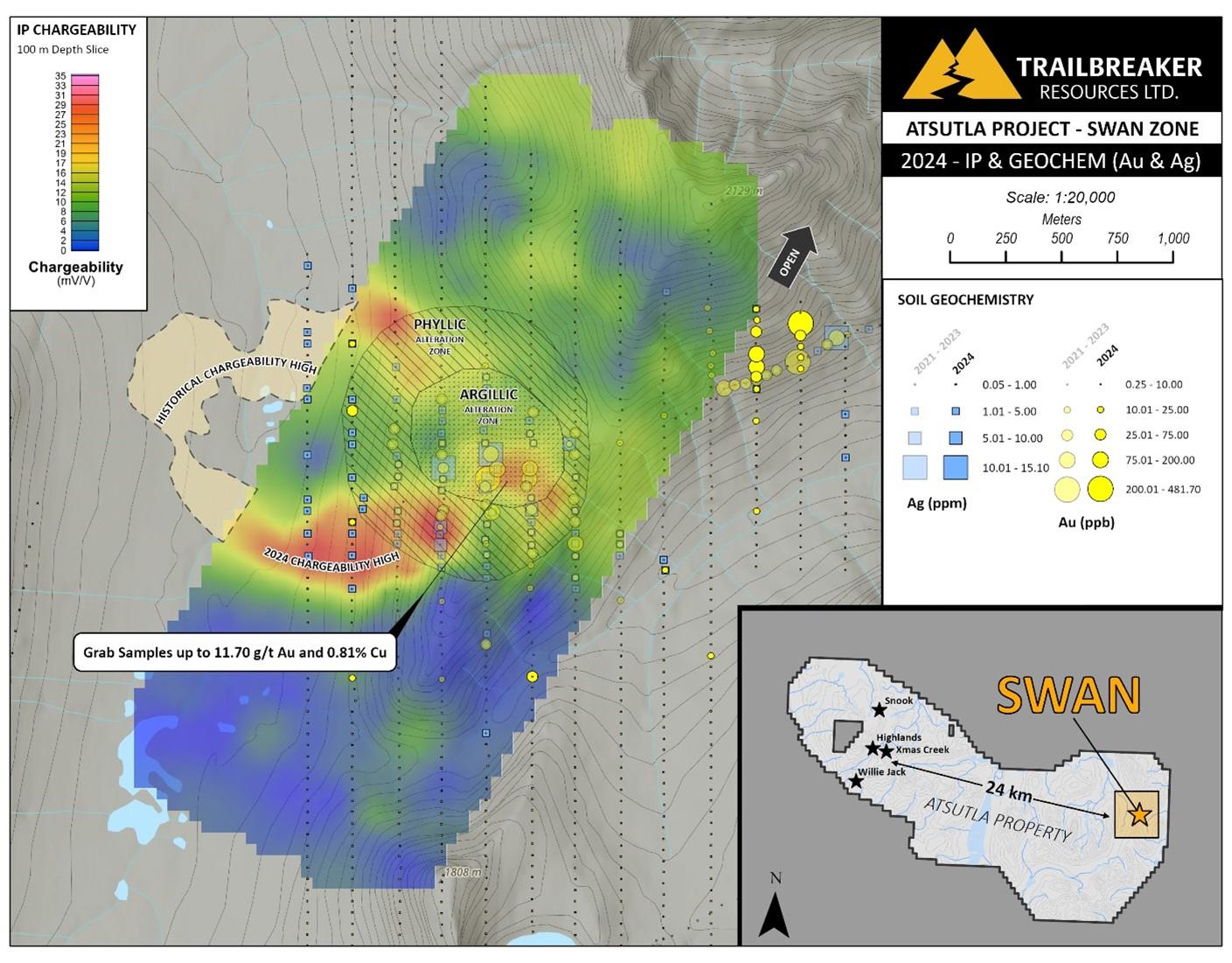
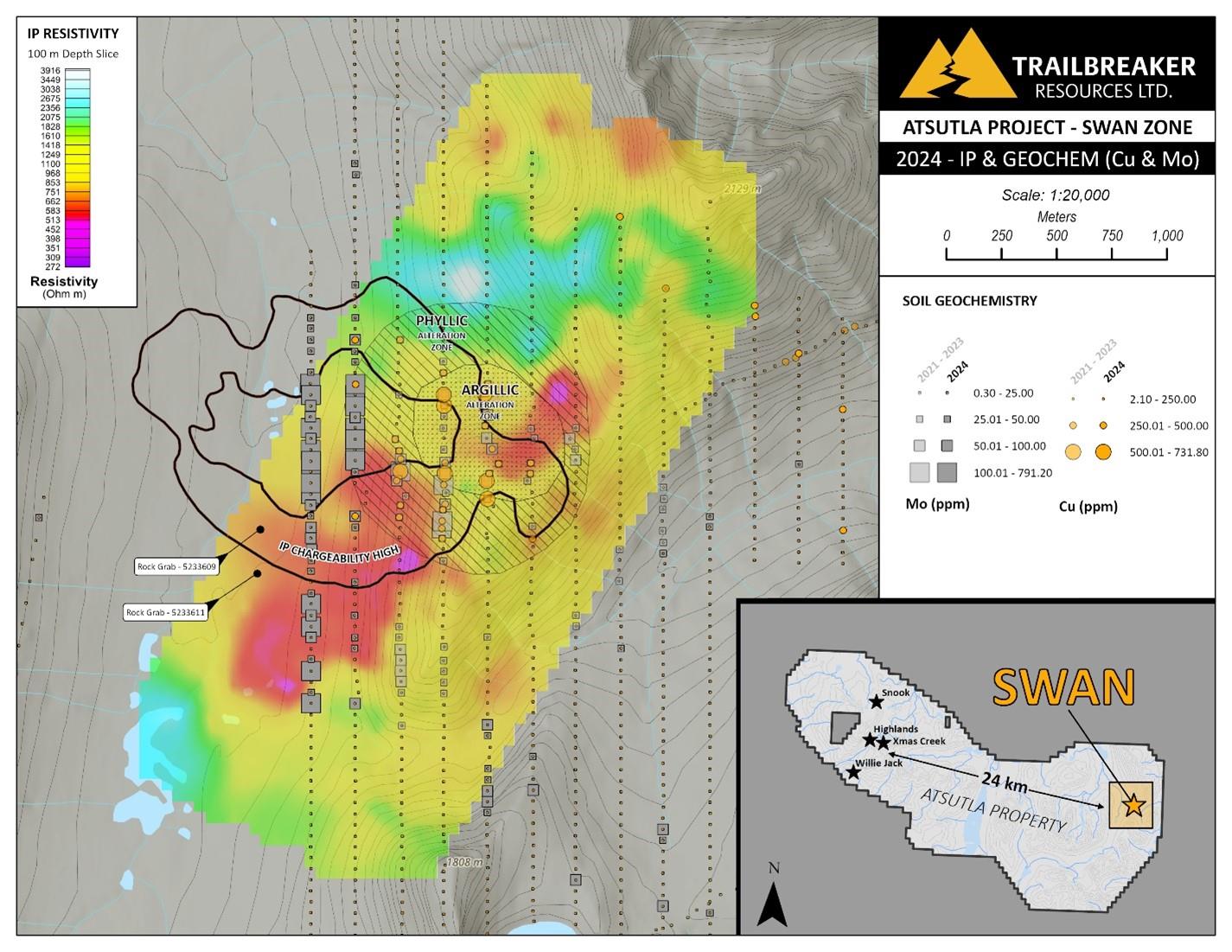
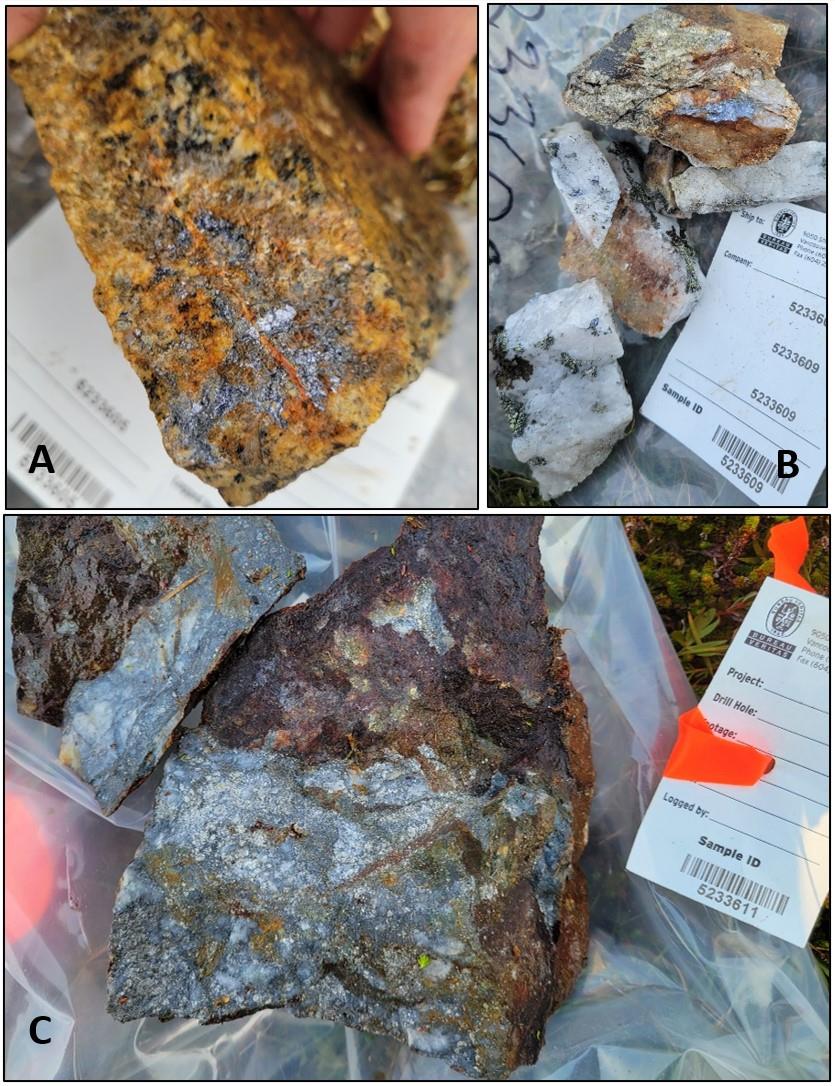

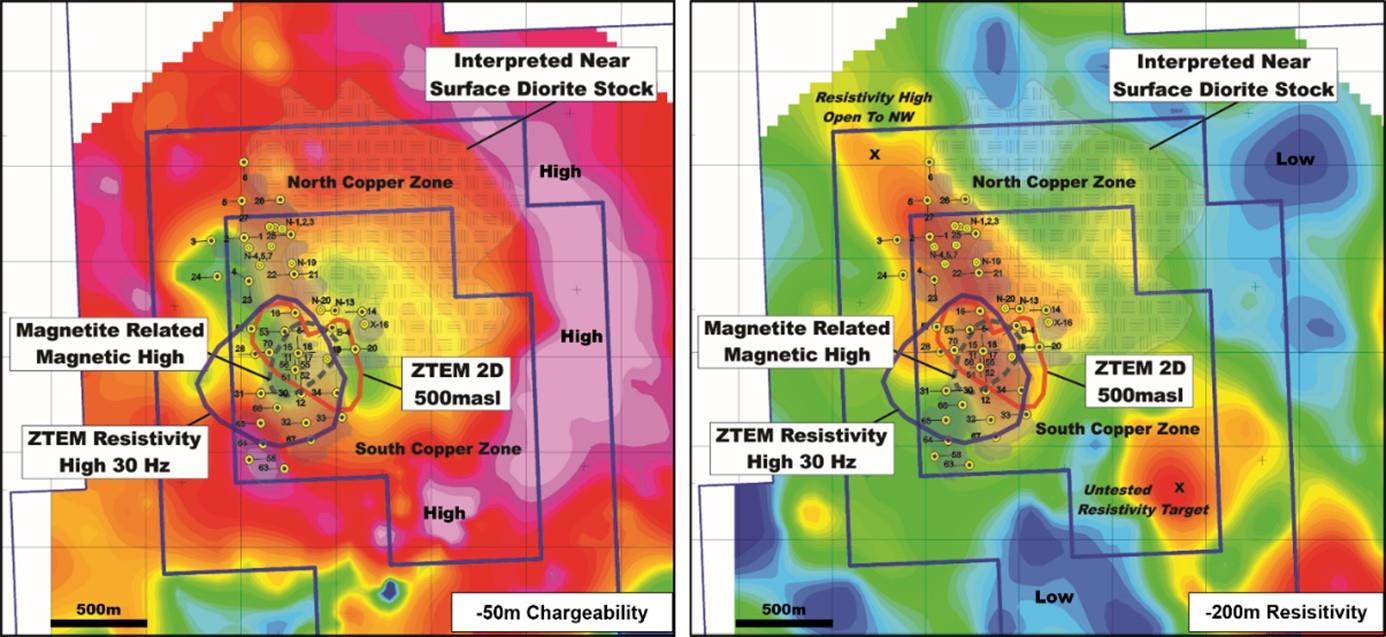
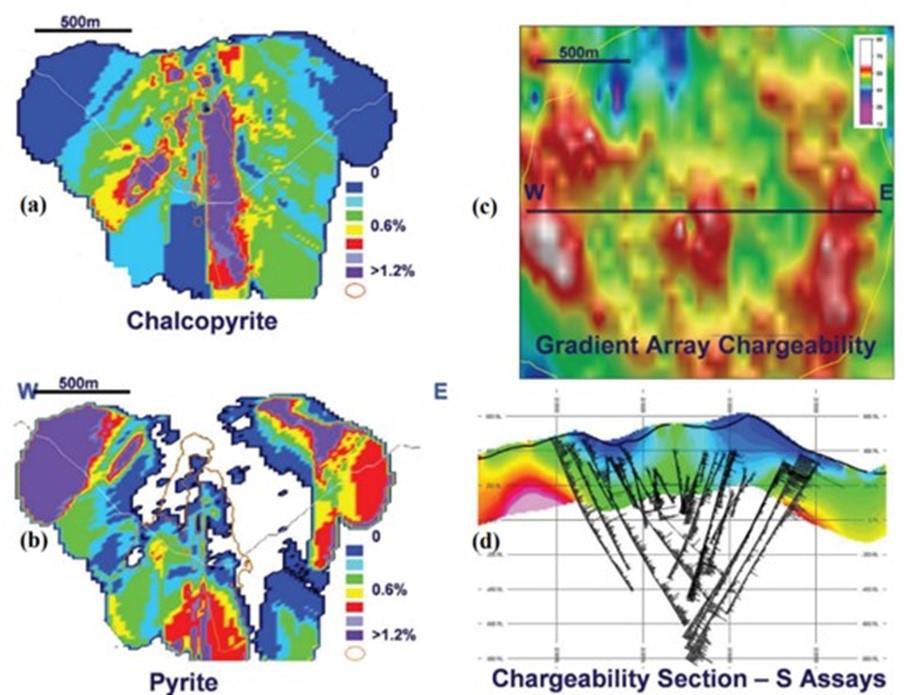

















Comments
No comment